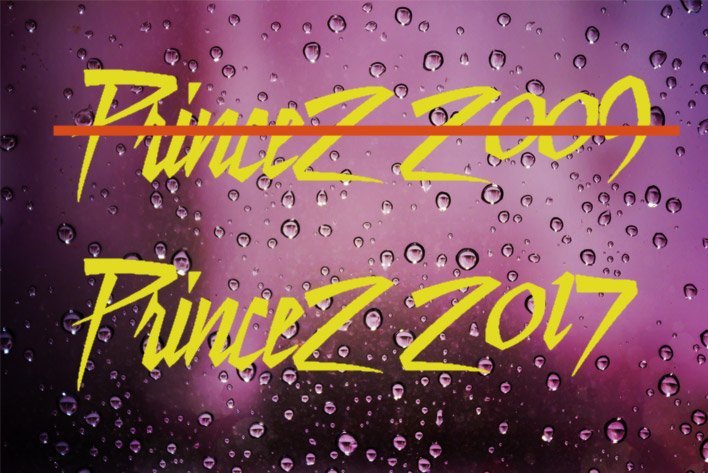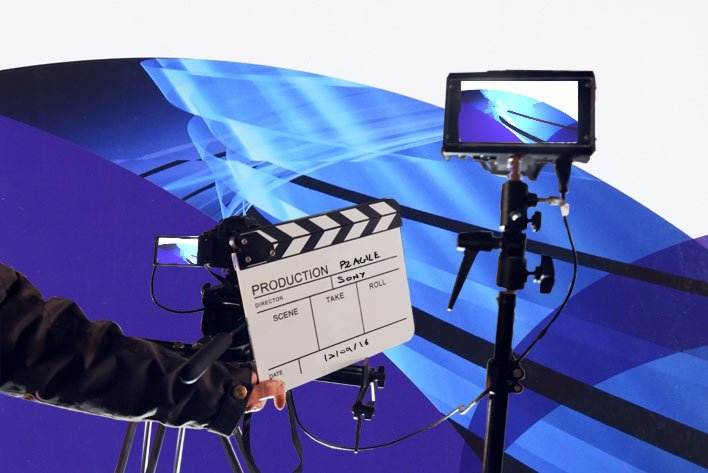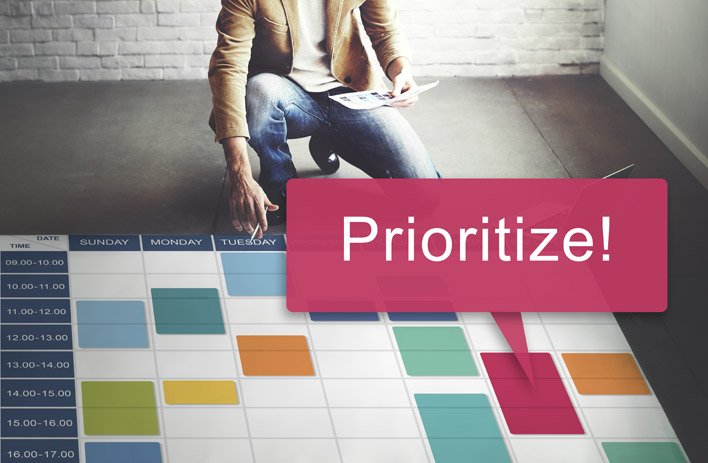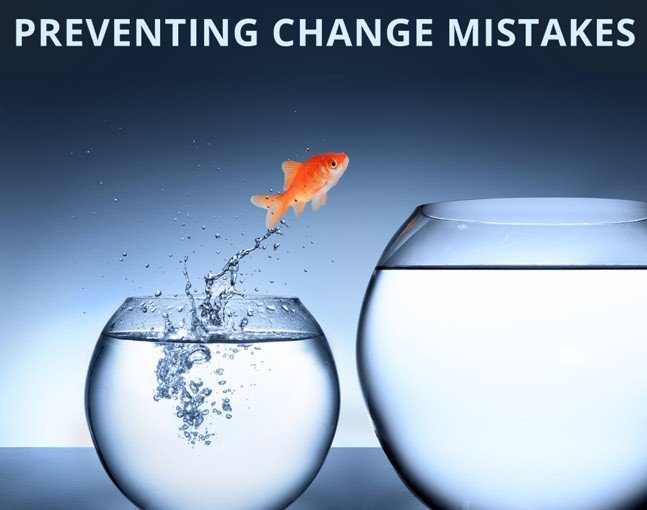This month’s blog entry comes from a great guest blogger. Phil Doyle has worked in a variety of project management roles, particularly in the IT sector. Certified in Project Management Professional, PRINCE2 and Managing Successful Programmes (MSP), Phil has a strong interest in metrics and process improvement. He is also passionate about what he describes as the ‘fusion of the theoretical and the actual’, how best practice methodologies could have helped real-life projects. To see more of Phil’s work, he writes regular blogs for Project Health Check.
PRINCE2 Blog
PRINCE2 Project Management Articles, Videos and Other Useful Resources
Providing free info, hints & tips, guides and other useful resources to those that use PRINCE2 as a Project Management methodology.
We’re getting closer to the end of 2017. This means there’s only a few months until PRINCE2 officially switches from 2009 to 2017. This is the first major update to PRINCE2 in eight years. Currently, both PRINCE2 2009 and PRINCE2 2017 are available. According to AXELOS, this crossover should ‘facilitate an optimal transition.’ This is to minimise disruption to those studying for the PRINCE2 2009 exam.
Low maturity organisations often invest in PRINCE2 training and then expect immediate benefits. A lot of people with certificates don’t get to use PRINCE2 at all. Other times, they run PINO (PRINCE2 In Name Only) projects, which seem to use PRINCE2 but don’t actually follow the processes. You can avoid falling into these patterns by following this advice.
No matter how good the team is, every project needs clear priorities to achieve its potential. When you have many stakeholders with different views, this can be a challenge. On top of that, anyone familiar with risk management will tell you to expect a fair number of surprises along the way. With the right strategy, this is all manageable.
PRINCE2 is one of the most comprehensive methodologies for risk management. It quantifies risk by likelihood and impact, making for effective management. PRINCE2 defines ‘risk’ as something that could become either an issue or an opportunity. So risk can be both positive and negative for a project. It also helps understand the full impact of risk. This extends beyond the project, to show how it can effect long-term business goals. No matter the probability, implications or nature of risk, PRINCE2 enables managers to handle it effectively. Here are the 4 main ways PRINCE2 helps manage risks successfully:
In a 2007 article for Harvard Business Review, John P Kotter introduced a statistic that has been both a source of panic, and a stimulus for best practice: 70% of change management initiatives fail. PRINCE2 is capable of bucking this ongoing trend. The potential for successful change is always there. Unfortunately, so are the obstacles, such as stakeholder conflict and ill-defined goals. These 6 tips will help you fend off any resistance to your proposed change.
In project management, the word ‘risk’ is always approached with trepidation. Amidst this anxiety managers often forget that not all risks are negative. In fact, positive risks are more common than you may think. The PRINCE2 methodology distinguishes the two, saying that negative risks pose a ‘threat’ but positive risks contain an ‘opportunity’. This blog will highlight several examples of positive risk, best practice tips on managing them, and how positive risks can become negative if not handled correctly.
How global is PRINCE2? Depending on where you work, or want to work, this is an important question for project managers. While PRINCE2 started in the UK, it was always designed with a global scope. That has helped it get adopted by the United Nations, NATO and other international bodies. PRINCE2 is the de facto project management methodology, but where is it most common?











